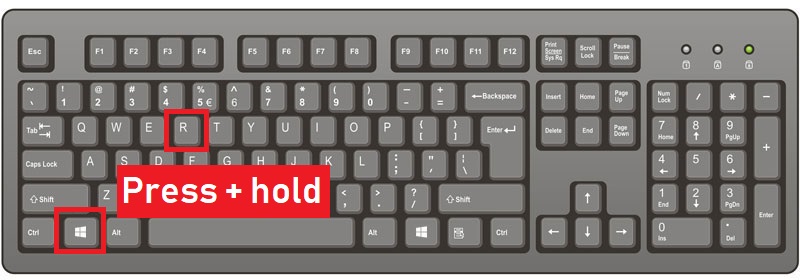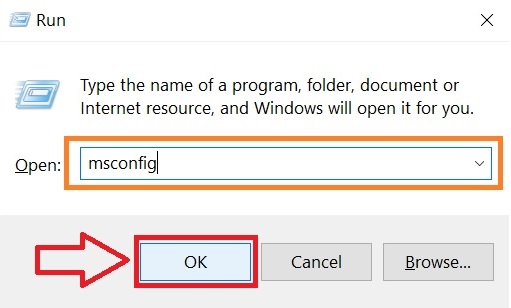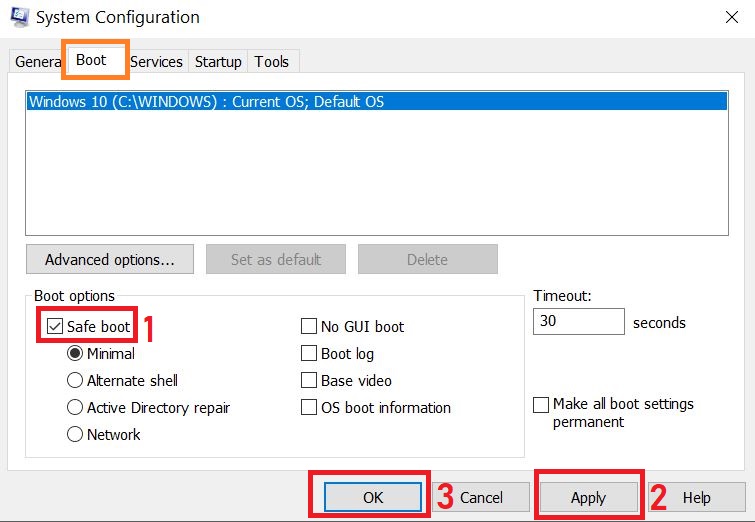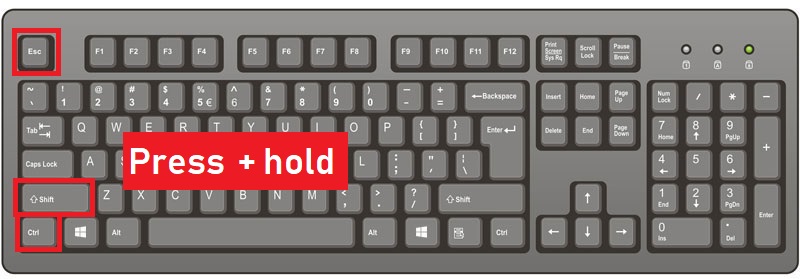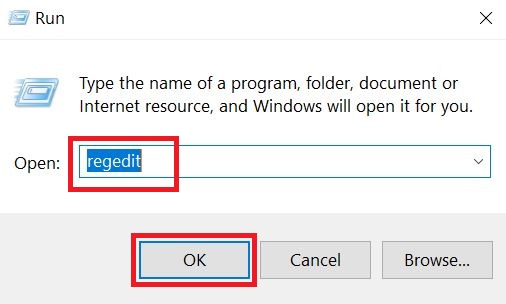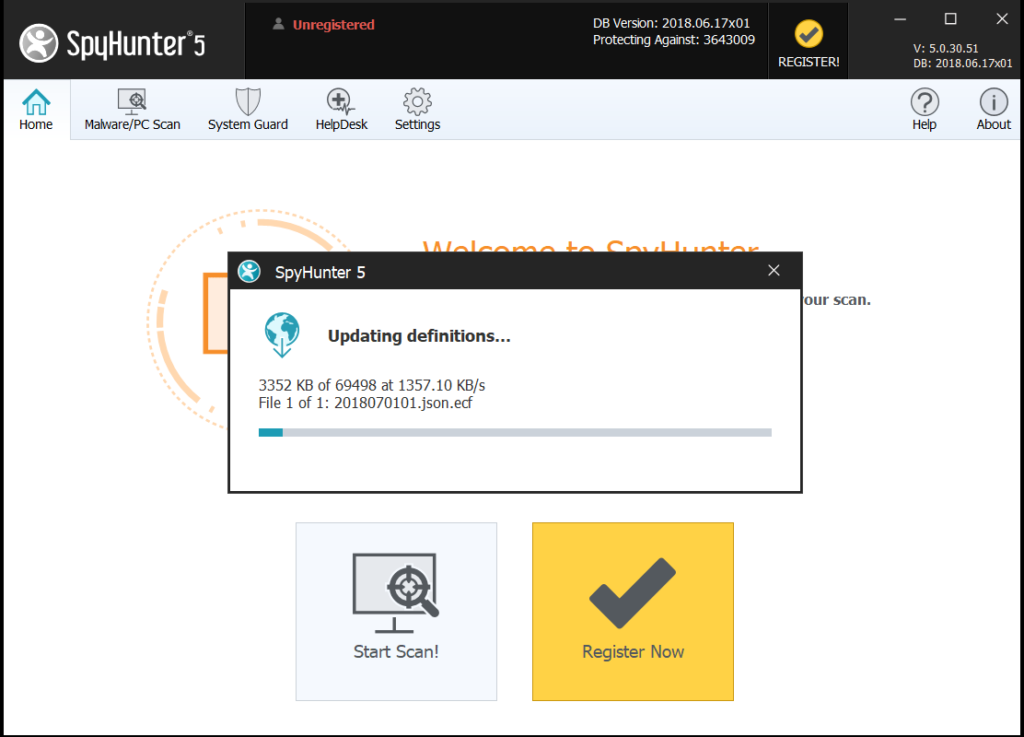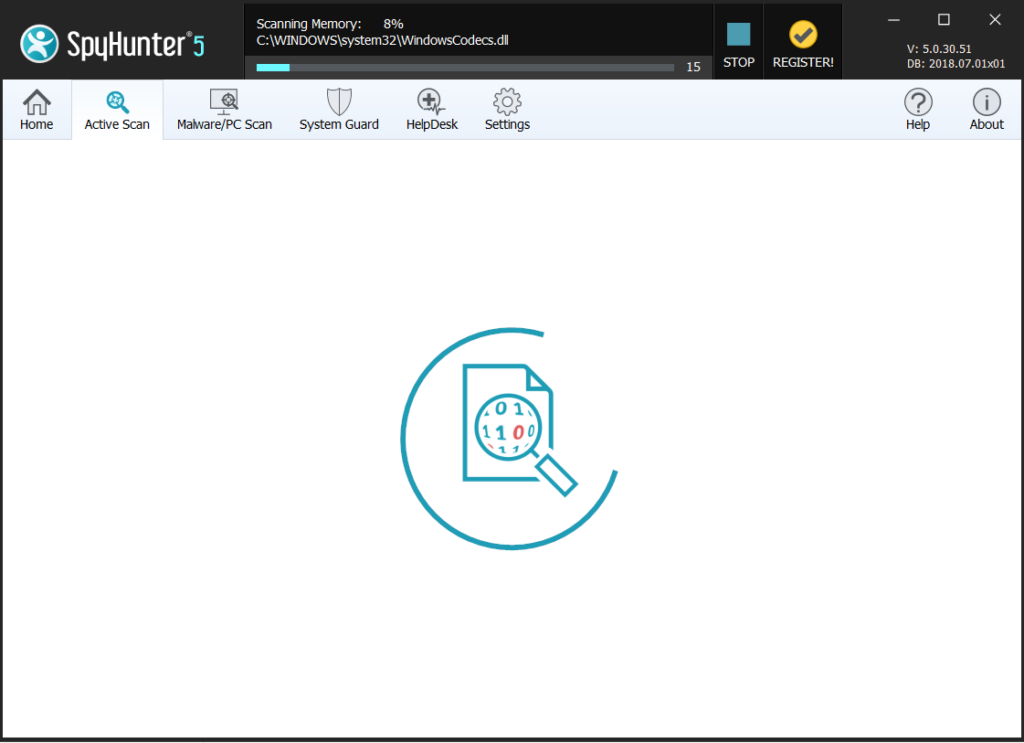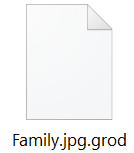 How to remove Grod virus and try restoring files. Grod virus removal and .grod file recovery. How to try and restore Grod virus.
How to remove Grod virus and try restoring files. Grod virus removal and .grod file recovery. How to try and restore Grod virus.
If your computer was recently infected by Grod virus, then you have come to the right place. The Grod virus ransomware virus is from the cryptovirus kind, meaning that it aims to encrypt the files on your computer in order to make them seem corrupt at least until you pay ransom to get them back. The ransomware then adds the .davda file extension to the files of the computers encrypted by it and also drops a ransom note. If your computer has suffered and infection by the .grod files virus we suggest that you read this article thoroughly. It aims to show you ways via which you can remove the Grod virus ransomware and try to recover your encoded files.
| Threat Name | [Grod virus |
| Category | Ransomware/Cryptovirus. |
| Main Activity | Infects the computer after which encrypts important documents and holds them hostage until a ransom is paid. |
| Signs of Presence | Files are encrypted with a custom file extension and users are extorted to pay ransom to get the data to work again.. |
| Spread | Via malicious e-mail spam and set of infection tools. |
| Detection+Removal | DOWNLOAD REMOVAL TOOL FOR Grod virus
Note!For Mac users, please use the following instructions. |
Grod Virus – Update November 2019
Grod ransomware is the v0183 of STOP ransomware infection family members. The malware is a very widespread type of infection throughout individual computers, yet we have seen it targeting companies also. Malware scientist Michael Gillespie that first discovered this stress had the adhering to tweet regarding it.
#STOP #Djvu #Ransomware w/ extension ".grod" (v0183) | https://t.co/G50v4gb1PT
— Michael Gillespie (@demonslay335) November 13, 2019
When you download and install and afterwards run the affixed file on your PC you allow the Grod ransomware virus infection to finish several assault phases. The operations carried out throughout these phases pollute essential system setups to ensure that the threat can escape discovery as well as get to personal declare encryption.
By applying harmful changes, the ransomware can come to be really persistent. It can start loading every time the contaminated COMPUTER is activated. Since this issue takes place as a result of destructive entrances that are added under significant computer registry secrets, we recommend that you inspect system windows registries and also clean malicious access while eliminating Grod ransomware from the contaminated system.
When Grod infection pollutes your computer system, the first thing you will certainly notice is that your valuable files are locked with the extension.grod Regrettably, you won’t be able to open.grod data. This is a very unpleasant problem as these data are likely to keep important info. They might be records, video, photos, various kinds of records as well as job jobs.
How Does Grod Virus Enter Your PC?
In most cases, ransomware such as Grod virus enter your PC automatically when you visit an infected website or malicious website. That is why it’s important to watch out what websites you visit and what links you open.
How Does Grod virus Work?
Cyber criminals use ransomware to infect users’ computers, lock their files, and demand payment in order to provide a decryption key.
Grod virus is no exception. Once in your system, it will encrypt your files so you will have no access to them. In order to look legitimate, Grod virus will be disguised as some sort of legitimate file and once you open it, there Is no way to stop the virus, if you don’t have malware protection.
In order to fix the problem you will have to pay a fee and only then you will be granted access to your files. The message also provides instructions on how to make the payment: you need to go to Torn and pay the money via BitCoin.
Unexperienced users could easily be scared into making the payment, but that will not fix the problem. The cyber criminals behind the infection will collect the money from you, but Grod virus will remain in your system and may display the same message again and again, demanding more money from you.
The developers of Grod virus ransomware try to lock as many files as possible. The only data they don’t focus is usually related to the Windows processes. If they mess up the registries, .dll files or system files, your whole OS may fail to load. Such an outcome is not desired by the hackers since they will never receive any ransoms. Unfortunately, dozens of other files may be encrypted with an AES-256 ciphers, which are known to be very hard to break. If you don’t interrupt the encryption process while it is still ongoing, you should expect to lose access to all of your documents, multimedia materials, databases, projects, notes and program-related files. The easiest way to recover the lost data is to unlock it with the original decryption key. Unfortunately, it may be easier said than done to get this tool for free. Once the encryption finishes, the only copy of the decryption key will be automatically sent towards the Command and Control (C&C) servers of the hackers. If the computer security experts manage to breach these servers, they may extract the decryption keys database and release it for free. Unfortunate, as of now, their efforts have not been successful.
The ransom note of Grod virus is named _readme.txt and contains the extortion message of the crooks:
→ ATTENTION!
Don’t worry, you can return all your files!
All your files like photos, databases, documents and other important are encrypted with strongest encryption and unique key.
The only method of recovering files is to purchase decrypt tool and unique key for you.
This software will decrypt all your encrypted files.
What guarantees you have?
You can send one of your encrypted file from your PC and we decrypt it for free.
But we can decrypt only 1 file for free. File must not contain valuable information.
You can get and look video overview decrypt tool:
https://we.tl/t-514KtsAKtH
Price of private key and decrypt software is $980.
Discount 50% available if you contact us first 72 hours, that’s price for you is $490.
Please note that you’ll never restore your data without payment.
Check your e-mail “Spam” or “Junk” folder if you don’t get answer more than 6 hours.
To get this software you need write on our e-mail:
Reserve e-mail address to contact us:
Our Telegram account:
@datarestore
Your personal ID:
What to Do If Grod Virus Is Already in Your PC
As explained above, making the payment as instructed will do no good to you and your system. Grod virus will remain on your PC and might lock your files again. That is why the only solution is to remove the ransomware from your system completely. You can do that with a trustworthy anti-malware tool that will fully scan your computer, detect all the malicious pieces and remove them permanently. Below you can find full removal steps + some recovery solutions that can help you recover your files.
Preparation before removal of Grod virus:
1.Make sure to backup your files.
2.Make sure to have this instructions page always open so that you can follow the steps.
3.Be patient as the removal may take some time.
Step 1: Reboot your computer in Safe Mode:
Step 2: Cut out Grod virus in Task Manager

Step 3: Eliminate Grod virus‘s Malicious Registries.
For most Windows variants:
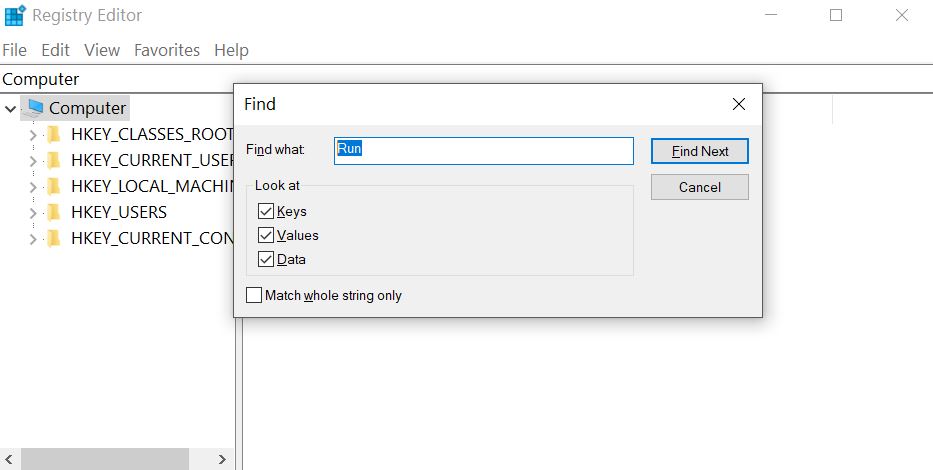
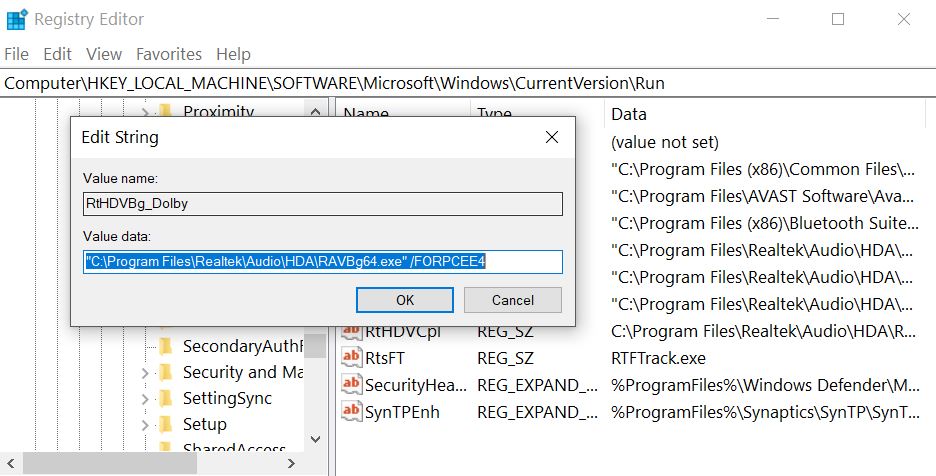
Step 4: Scan for and remove all virus files, related to Grod virus and secure your system.
If you are in Safe Mode, boot back into normal mode and follow the steps below
It is advisable to run a free scan before committing to the full version. You should make sure that the malware is detected by SpyHunter first.
Step 5:Recover files encrypted by the Grod virus Ransomware.
Method 1: Using Shadow Explorer. In case you have enabled File history on your Windows Machine one thing you can do is to use Shadow Explorer to get your files back. Unfortunately some ransomware viruses may delete those shadow volume copies with an administrative command to prevent you from doing just that.
Method 2: If you try to decrypt your files using third-party decryption tools. There are many antivirus providers who have decrypted multiple ransomware viruses the last couple of years and posted decryptors for them. Chances are if your ransomware virus uses the same encryption code used by a decryptable virus, you may get the files back. However, this is also not a guarantee, so you might want to try this method with copies of the original encrypted files, because if a third-party program tampers with their encrypted structure, they may be damaged permanently. Most of the currently available decryptors for ransomware viruses can be seen if you visit the NoMoreRansom project – a project that is the result of combined efforts of researchers worldwide to create decryption software for all ransomware viruses. Simply go there by clicking on the following LINK and find your ransomware version decrypter and try it, but always remember to do a BACKUP first.
Method 3: Using Data Recovery tools. This method is suggested by multiple experts in the field. It can be used to scan your hard drive’s sectors and hence scramble the encrypted files anew as if they were deleted. Most ransomware viruses usually delete a file and create an encrypted copy to prevent such programs for restoring the files, but not all are this sophisticated. So you may have a chance of restoring some of your files with this method. Here are several data recovery programs which you can try and restore at least some of your files:

